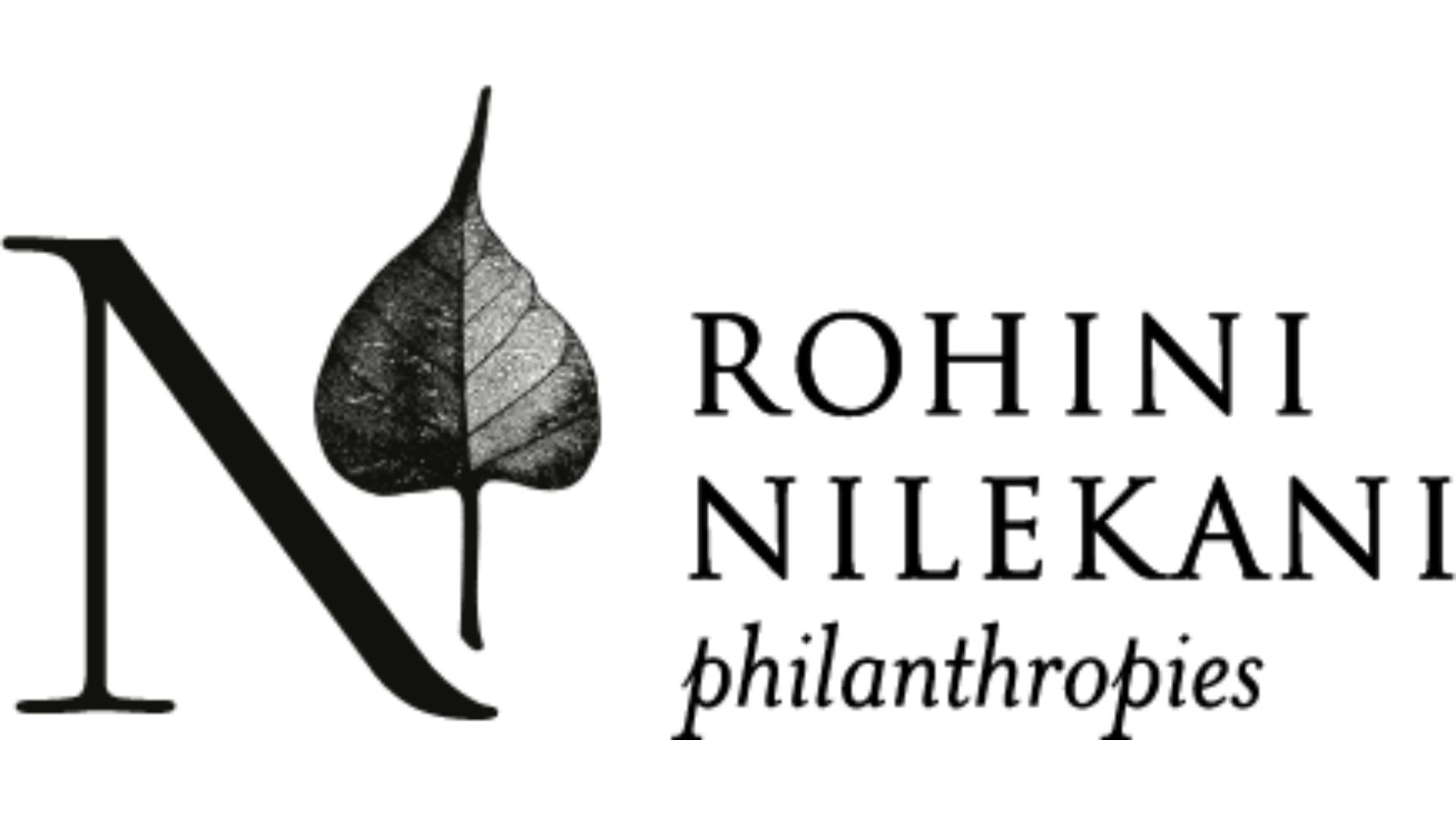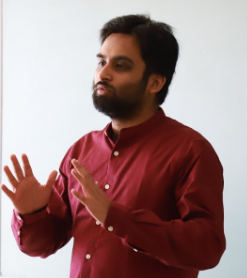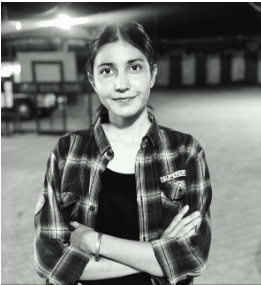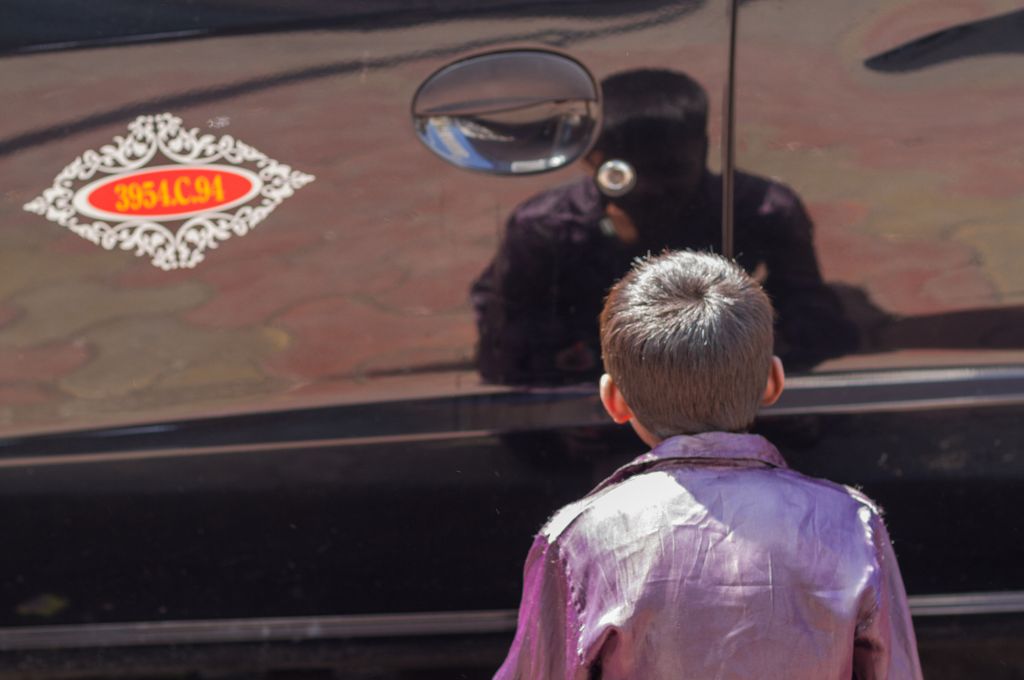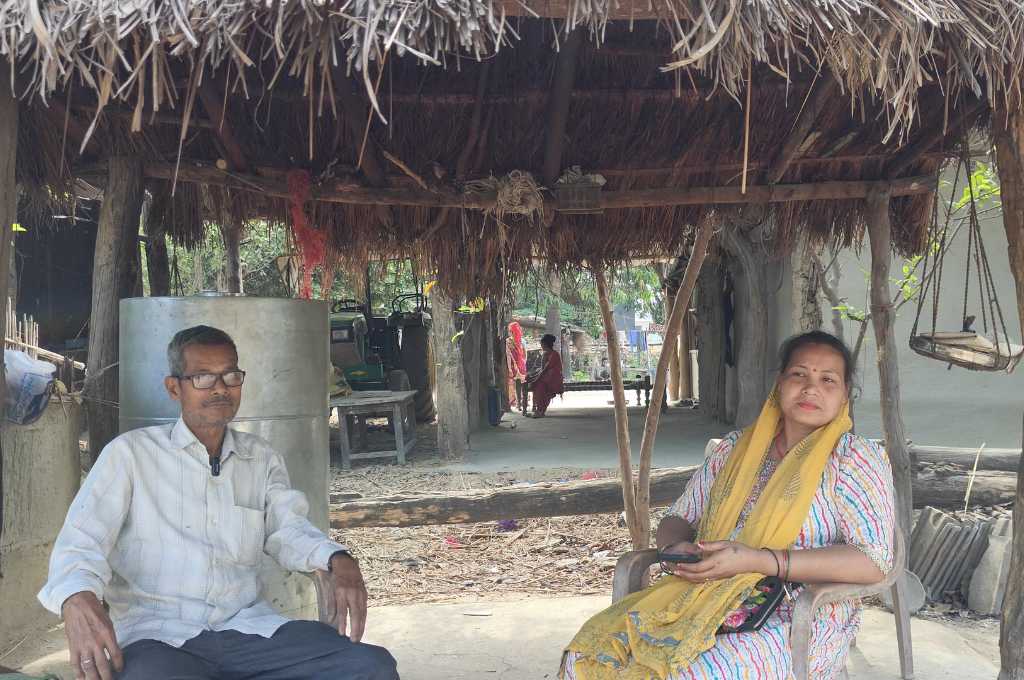Young people have varied motivations at different stages of their lives. These are ever changing and dynamic depending on their socio-economic conditions, geography, age, and peers.
When Reap Benefit was started in 2013, our hypothesis was that young people are aware of their community problems, but they might not be able to perceive how to translate their knowledge into solutions. How can they take consistent action in their community to make short-term and long-term impact? Keeping this in mind, we started cultivating Solve Ninja Communities with the aim of encouraging young people in the age group of 12–18 years to solve hyperlocal climate and civic issues. These communities had to be capable of self-organising while being resilient and sustainable so that young people could assume the responsibility of identifying problems and solutions.
While running these communities, we learned through trial and error that keeping young people engaged and motivated means keeping up with their changing needs. Here’s how nonprofits can be cognizant of these needs and meaningfully engage with the youth.
1. Create space to support young people
We were a small organisation during our pilot project in 2015. Fifteen young people joined us and we provided them with individual support. This involved answering their questions such as how to identify community problems and how they should be resolved.
One intern, Shriya Sankar, joined us when she was in standard 9. When she moved to college, Shriya started a project to address the issue of water pollution in her area, specifically pollution caused by the immersion of Ganesh idols in water bodies. She promoted the use of eco-friendly Ganesh idols in her community. Her interest later shifted to working in education; she started teaching children from marginalised communities in orphanages. Through the learnings she gained, Shriya began her entrepreneurial journey in the education space in 2021. She now reaches out to us with operational, strategic, and fundraising questions, and we connect her with incubators who can give her the guidance she needs to run her organisation.
The mentoring young people require, however, is not just restricted to community-related work. They want a space to share their feelings, anxieties, and fears about the future with us and with one another.
Providing individual support is uncomplicated with a smaller group. However once organisations scale, it can become difficult to maintain individual relationships. As our communities grew larger, there was little space for young people to exchange ideas, share feelings about what they were going through, and ask for support. This can lead to loneliness and confusion about who they can talk to when they are facing issues. Sharing common lived experiences helps create a sense of belonging among the youth.
We introduced the concept of addas or gatherings where young people could collectivise. These addas have now turned into mentorship and learning spaces for them. They are both formal and informal as well as offline and online. For instance, we organised three policy-related addas in Jalandhar, Punjab, where young people could discuss the benefits and drawbacks of policies applicable to their region. A member of the community, Simran, reached out to us saying she was nervous about participating because what if she didn’t know enough about the issue. She was hesitant and underconfident. But when she saw her peers participate and realised there was no grading and judgement involved, she felt confident to build her communication skills and lead her own community in Jalandhar. Such spaces help them gain insights and enable knowledge exchange.
We have collected data from young people about what kind of addas they are interested in. They discuss their mental health and local culture and engage in extracurricular activities. Sharing stories at a hyperlocal level creates a deep sense of bonding.
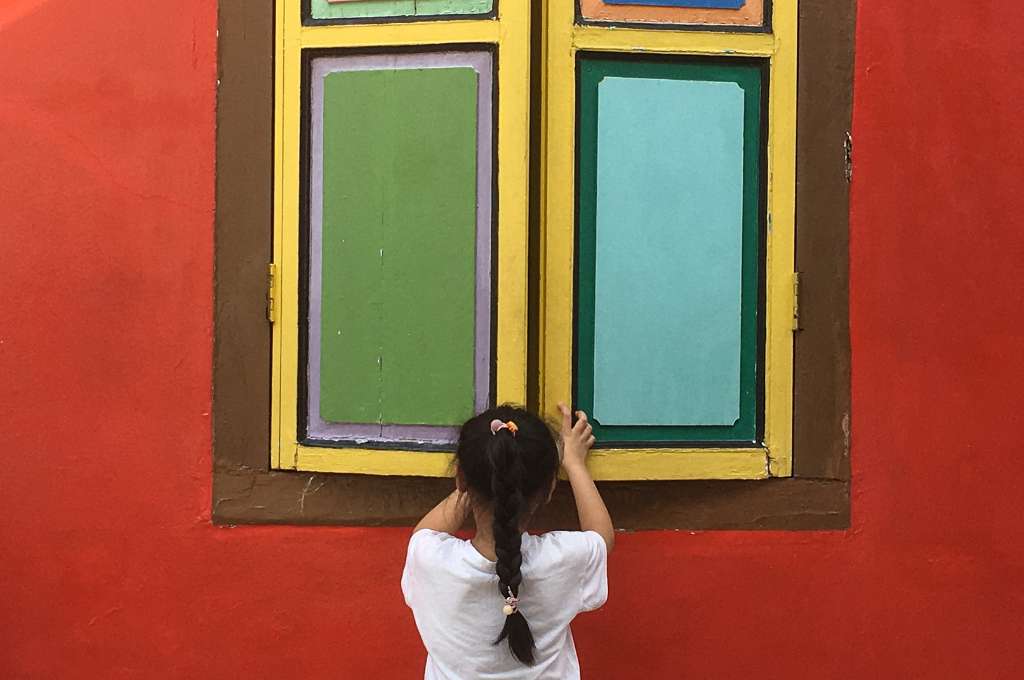
2. Work with young people by balancing control
Once hyperlocal youth communities were set up, our expectation was that the youth would mobilise themselves and lead their own collectives. But they were facing difficulties in leading, influencing, and organising their peers. The problem was compounded by the fact that we didn’t define our expectations, which led to confusion about what they were meant to do.
To combat this, we centralised the system—this means that we structured the communities in a programmatic way by introducing guidelines for the youth leaders and community members. We had categorically defined when the communities would meet and how much they would engage with one another. The prerequisite for engaging with the community would be some form of individual action, and it came with a high level of accountability. But this approach also had its shortcomings. It left little room for innovation and creativity and increased the communities’ and leaders’ reliance on us.
We learned that to have young people lead their own communities, either having a lot of regulation or having no regulation at all doesn’t work. It’s about creating a balance—there can be a few systems and processes that work as a starting point; beyond that, they can reach out to their mentors when they need help. It allows room for flexibility and adaptability, making them the decision-makers. To further this, we have dissolved our previous guidelines that dictated community engagement. Instead, young people can choose whether they want to solve problems individually or with the community. Having the freedom to decide pushes them to be creative and encourages them to participate.
3. Consider where young people are coming from
It is important to recognise that a solution that works in Punjab might not work in Bengaluru, and vice versa. Ravi is a young person based in Punjab and is extremely passionate about planting saplings in his village area, given the scarce forest cover of Punjab. However, if Bengaluru does not face the same issue, young people from that area wouldn’t be as interested in initiating the same solution.
Similarly, if girls from rural Punjab apply for mentorship, they should be assigned a Punjabi-speaking female mentor as opposed to an English-speaking male mentor. The nuance of age, gender, geography, and socio-economic conditions is important to consider.
This was reaffirmed when we introduced chatbots as a way to collect data. Young people had to report their actions to us through the chatbot for these to be considered. Most of the people working with us were from Tier-II and Tier-III cities. They were facing difficulties in using the chatbot—they had to upload information showing what the impact was, how many people they reached out to, click photos as proof, etc. The habit of regularly reporting was difficult to instil. This approach did not cater to the diversity of young people we worked with in 14 states and union territories across the country.
We now run our chatbots in different regional languages. This accounts for their geography and helps build peer-to-peer connection. The chatbot is interactive, informative, and allows for voice messages, making it accessible. We regularly share and celebrate the actions taken by the community. This acts as an incentive and inspires community leaders to keep us updated of their activities and success stories on the ground.
4. Understand that rewards and recognition go a long way
To improve community participation, introducing incentives is not uncommon. But offering the right kind of incentives is important to keep young people engaged. It is easy to assume that monetary incentives are the right way to go, but this doesn’t hold true for everyone.
Young people join our communities for primarily four reasons: to build emotional connections in their locality, learn skills that will help them in the future, earn financial rewards, and make an impact in the community. We have to take into account their reasons for joining the programme or a community, which becomes an incentive for them to continue working with us.
For instance, the addas we’ve introduced are spaces for them to build emotional connections and find mentors who can help them in skill building. We also offer rewards such as monetary incentives and certificates, and disseminate information on scholarship opportunities. Finally, the celebration of problem-solving incentivises them to do good for their community and makes them feel appreciated and valued. A dynamic combination of these approaches keeps them interested in participating.
5. Realise that too much push can turn into fatigue
At one point, our need for accountability from young people became very high because the number of problems they were able to resolve became our metric of success. We introduced levels within the programme to push young people to solve more problems. Each level would have 10 problems, and they would have to solve at least five to move to the next level. But soon the communities started asking, “What happens after we complete the levels? How does it benefit us?”
Once, an eighth grader told us, “We’re expected to save the environment, take care of animals, care for our elders, and much more! How can we excel at all of these?” We realised that as an ecosystem, the sector tends to dump information on the youth and expects them to incorporate all of it in their actions.
We have now dissolved the system of levels, and instead asked them to take action for five to six hours in a month. The kind of action is left up to them, and we don’t push them out of the system if they don’t participate.
The key is to create accountability through the celebration of stories rather than numbers. When one of the cities, say Jalandhar, does well, we celebrate and communicate how a community of 200 people has solved 600 hours worth of issues on the ground so that other cities too feel motivated. Amritsar picks up on what Jalandhar is doing. Through healthy competition and collaboration, they hold themselves accountable and start thinking that if they have done this, so should we.
For organisations working with young people, the most important piece of the puzzle is to stay aware of their needs and react accordingly. Young people should feel that they are learning something from the programme or the community they are a part of. Most people join these communities to develop their personal skills, some do it for a sense of belonging, and a few others to take up the cause of their community. It is easy to push the cause upon them because that’s what the metrics, the programme, and the funder demand. But to keep young people engaged, we have to first prioritise their learning and then attach the cause to this learning.
—
